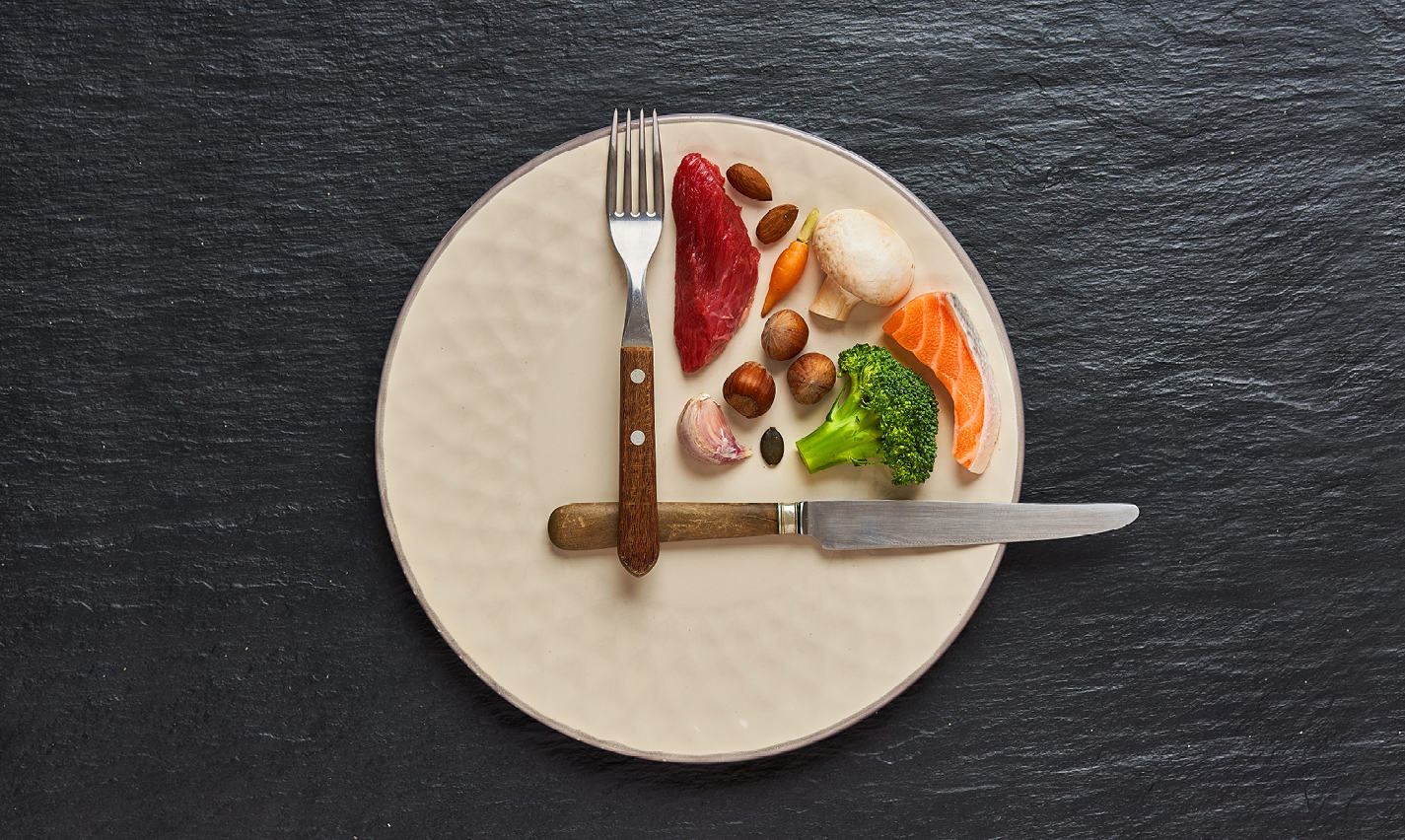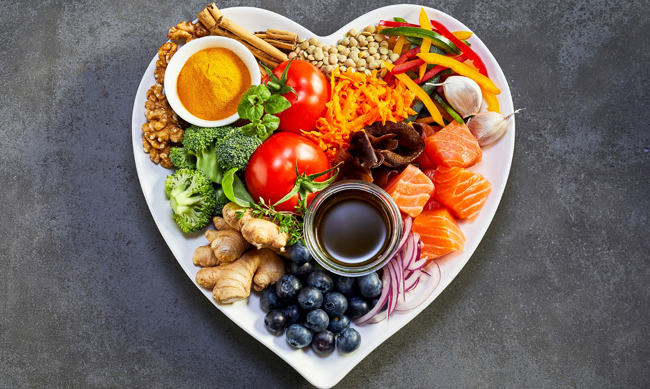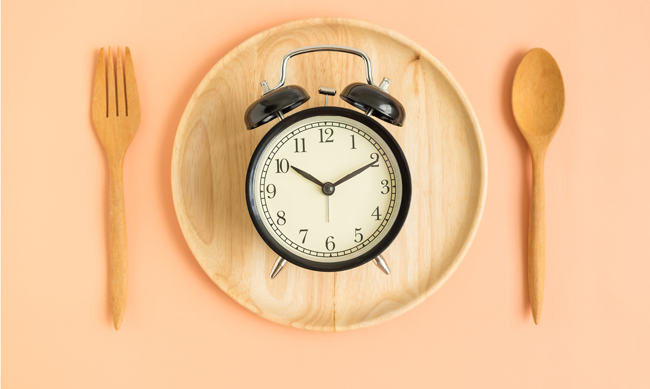If you look up the word “fasting” in the dictionary, the description reads: Fasting is the wilful refrainment from eating. In a physiological context, fasting may refer to the metabolic status of a person who has not eaten overnight, or to the metabolic state achieved after complete digestion and absorption of a meal. For example, a person is assumed to be fasting once 8–12 hours have elapsed since the last meal. But the reasons to why people fast are not always because of the physiological effects, it has oftentimes more to do with traditions, norms and expectations.
Religious fasting
It’s important for most people to know their heritage and where they belong. Traditions within your own religion is one important foundation for that.
Lent
Lent is a forty-day partial fast among Christians to commemorate the fast observed by Christ during his temptation in the desert. The fasting period start on Ash Wednesday and last until Holy Thursday. At present times not all Christians fast during this period but only certain denominations (oftentimes referred to as churches, assemblies or fellowships).
Depending on which denomination the rules of fasting differ. However, irrespective of denomination, the rules do not apply to young children, elderly, or anyone whose health may be jeopardized by fasting. On Ash Wednesday and Good Friday, it’s time to fast, meaning adults eat less than usual. Most adults give up snacking and generally eat only one main meal and two smaller meals during the day.
Also, on Ash Wednesday, Good Friday and all Fridays during Lent, adults abstain from eating meat. During these days, it is not acceptable to eat lamb, chicken, beef, pork, deer and most other meats. However, eggs, dairy, fish, grains, fruits and vegetables are all allowed, which is healthier options anyhow.
Many people also give up something that they usually enjoy for the entire Lent period, for instance a favourite treat such as chocolate, while others give up a certain habit.
Ramadan
During the holy month of Ramadan, fasting is mandatory for all healthy adult Muslims. Children who have not reached puberty, elderly, those who are physically or mentally incapable of fasting, pregnant women, breastfeeding mothers and travellers are all exempt.
Fasting during Ramadan means abstinence from all food and drink, including water and chewing gum, from dawn until sunset.
It is recommended that before sunrise, Muslims eat a prefast meal known as Suhur. This meal often resembles breakfast, but in some cultures it may include more dinner-like foods.
After sunset, Muslims break their fast with Iftar, a meal which usually starts with dates and water or milk, followed by dinner. Muslims are permitted to snack at night between those two meals, and hydration is encouraged, especially when Ramadan falls during a hot summer.
Food to eat during Suhur
Since Suhur is the prefast meal it’s a good idea to fuel up with nutritious food that keep you full for longer and preserves your energy levels, like foods rich in protein, dietary fibre and healthy fats. Don’t forget to hydrate as well!
Protein rich food: Eggs, dairy, legumes and nuts/seeds are high in proteins. They not only help you to stay fuller but can be made in several ways to suit your taste buds.
Fibre rich food: Whole grain cereals, oatmeal, fruits, berries and vegetables are all good sources of dietary fibre.
Soluble fibre for instance disolves in water and creates a gel in the stomach and slows digestion. Soluble fibre helps regulate bowel movements, as well as lower cholesterol and blood glucose levels, perfect to help keep you feeling satisfied throughout your fast.
Fat rich food: Nuts, seeds, avocado, vegetable oil, and fatty fish are high in healthy fats. To keep your energy level from slumping during the day, make sure your prefast meal contains sufficient calories to last you until sunset. Since fat contributes with the highest amount of calories per gram of all the macronutrients, make sure to incorporate healthy fats into your meal.
Liquids: Food is one thing but it’s imperative to keep hydrated. Make sure your last meal before your fast contains sufficient liquids. A convenient way to fuel up with protein and fibre, as well as hydrate, is to consume our Natural Balance Shake as part of the prefast meal.
Food to avoid during Suhur
It can be tempting to indulge in hyperpalatable foods during your prefast meal. However, hyperpalatable foods rich in simple or refined carbohydrates (sugars and starches) and fats, such as pastries, donuts, croissant as well as powdered sugar, are all high in calories but low in essential nutrients that won’t keep you full for long. So, you’re better off limiting or avoiding these kinds of foods in favour of more nutritious options that will help keep you energised and full during Suhur.
Food to eat during Iftar
At Iftar it’s time to break the fast and hydrate with fluids and foods that contain electrolytes and essential nutrients.
Sufficient fluids: Drink as much water as possible between Iftar and bedtime to avoid dehydration and eat fruits and vegetables high in fluids such as cucumber, watermelon and tomatoes. Hydration is key to adjust your body’s temperature, prevent constipation and keep your skin healthy.
When rehydrating it’s good to combine water intake with carbohydrates and salt due to their water binding effect. Eating dates and olives would therefore be a good way to break the fast. Apart from helping with restoring your fluid balance they bring you instant energy to make you feel rejuvenated after the long hours of fasting.
Another handy alternative to hydrate and fuel up with protein, fibre and a bit of salt is to consume the Natural Balance Soup as part of Iftar.
When eating during the evening try also to fuel up with healthy and colourful foods, high in protein, fibre, fats and phytonutrients. Good choices are chicken, fish, eggs, dairy, wholegrains, legumes, fruits, berries and vegetables from all the colours of the rainbow.
Intermittent fasting
Many people of today strive not only to be healthy but also oftentimes to lose weight. Many different diets are circulating and new ones appear from time to time, and recently intermittent fasting has become a health trend.
Intermittent fasting is not at diet, instead it’s an eating pattern that cycles between periods of fasting and eating. It doesn’t specify which foods you should eat but rather when you should eat them.
There are many different ways of doing intermittent fasting, such as the 16/8 method or the 5:2 diet.
The 16/8 method
The 16/8 method involves fasting every day for 14–16 hours and limiting your daily eating window to 8–10 hours.
Within the eating window, you can fit in as many meals you want, but I’s usually around 2-3 meals. Committing to this method can actually be as easy as not eating anything after dinner and then skip breakfast the morning after.
You are allowed to drink zero-calorie beverages, such as water and coffee/tea, during the fast, which keeps you hydrated and can help reduce feelings of hunger.
The 5:2 diet
The 5:2 diet means you’re eating “normally” for 5 days of the week, meaning you eat at maintenance calories during these days, but then restrict your calorie intake to 500–600 calories for 2 days of the week. Women are recommended to stick to 500 calories and men to 600 calories split into two daily meals during these two days. Each meal should therefore contain roughly 250 or 300 calories each.
As with the 16/8 method, you are free to drink zero-calorie beverages whenever you feel like it.
What are the benefits of intermittent fasting?
Intermittent fasting could be a way to balance your energy intake and help you cut calories throughout the day since you will eat fewer meals, which usually means less food is eaten.
According to a 2014 scientific review, intermittent fasting can result in weight loss of 3-8% over 3-24 weeks in overweight/obese adults.
These adults also lost 4-7% of their waist circumference, which means they lost visceral fat, the harmful fat in the abdominal cavity that increases the risk of disease such as diabetes.
Additionally, this study showed great benefits in lowering insulin resistance and decreased blood sugar levels (Barnosky A et al. 2014).
Furthermore, another review from 2011 showed that intermittent fasting caused less muscle loss than regular daily calorie restriction diets in overweight/obese adults (Varady KA, 2011). It’s important to note that this kind of eating pattern doesn’t work for everyone, while it could work perfectly for others.
Are there any risks of fasting?
Common side effects of any type of fasting include dehydration, dizziness, headache, weakness and fatigue.
Regardless of the reason to why you’re fasting, it’s even more important to eat nutritious foods and hydrate during your eating window to maintain your energy levels throughout the day and ensure nutrient intake and sufficient hydration. In that way you can help prevent the unpleasant side effects.
How can Wellness by Oriflame assist?
As already mentioned, both the Natural Balance Shake and the Natural Balance Soup could be convenient ways to help ensure fluid, protein, fibre and salt intake during Ramadan. These products can of course be used in other types of fasting as well to ensure healthy nutrients. The Protein Blend can also be mixed into food and beverages to help ensure protein and fibre intake.
When eating fewer meals it can be harder to fit in all the important essential vitamins, minerals, omega 3 and antioxidants in your diet. Our WellnessPack can help bridge micronutrient shortfalls.
It provides a valuable spectrum of nutrients – for both men and women, containing:
• Multivitamin & Mineral – gives valuable nutrients daily for men and women, respectively. It provides 12 essential vitamins and 10 essential minerals that helps bridge the gap of any micronutrient short falls in the diet and helps support overall health.
• Astaxanthin & Bilberry Extract – provides a combination of antioxidants that includes nature’s most powerful antioxidant astaxanthin from microalgae (Haematococcus pluvialis L.) and extract from bilberries (Vaccinium myrtillus L.). In addition, it contains vitamin C and E that contribute to the protection of cells from oxidative stress.
• Omega 3 – ensures a convenient daily intake of the essential omega 3 fatty acids eicosapentaenoic acid (EPA) and docosahexaenoic acid (DHA). EPA and DHA are vital parts of all cell membranes in the body and have important roles in a lot of organs and tissues, including maintenance of the normal function of the heart*, vision** and brain**. These individual components are also available as single products.
*The beneficial effect is obtained with a daily intake of 250 mg of EPA and DHA.
**The beneficial effect is obtained with a daily intake of 250 mg of DHA.
Remember, that regardless of the reason of your fasting it’s vital to hydrate and eat nutritious foods during your eating window to safeguard your health and wellbeing.
References
- Barnosky AR, Hoddy KK, Unterman TG, Varady KA. Intermittent fasting vs daily calorie restriction for type 2 diabetes prevention: a review of human findings. Translational Research. Volume 164. Issue 4. 2014
- Varady KA. Intermittent versus daily calorie restriction: which diet regimen is more effective for weight loss? Obes Rev. 2011 Jul;12(7):e593-601.







